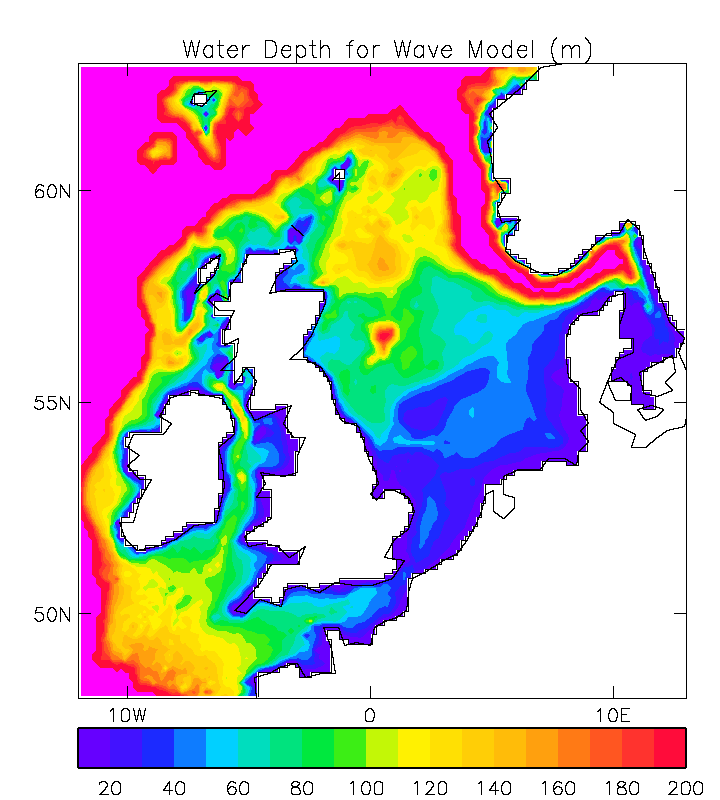Which is better - low frequency or high frequency transducers in New Zealand waters?

Folks fishing in water depths less than 100m are best to use higher frequency transducers. These provides better bottom definition, reef structure and fish detail. Lower frequencies are generally good for water depths over 100m. The basic rule of thumb is the higher the frequency the better the definition, the lower the frequency the deeper the fishfinder can read.
If you're doing most of your fishing in less than 100m of water then it's better to use a high frequency transducer like 200KHz.
If you are fishing in over 100m it's better to use lower frequencies such as the 50KHz. 200KHz is an ideal frequency for water depths shallower than 100m as it provides excellent definition of what is going on below. You are often able to distinguish between bait fish and predator fish species. Fisherman often become so familiar with their fish finder readings that they can identify specfic fish species. This is the key benefit of higher frequencies. It can take a lot of guessing away from when to start fishing or when your dropping your line on a school of bait.
The limitation to higher frequencies is their depth. As you go deeper they begin to loose signal. This is where you require lower frequency fishfinders. A lower frequency such as 50KHz is good for water depths over 100m plus, and usaully have around 4 times the depth potential. Lower frequency transducers are able to penetrate deeper and give bottom definition or fish readings in greater depths than a 200Khz transducer. The definition is not as clear as higher frequencies however if you invest in a top end Airmar 1KW transducer (with 50KHz) you will still be able to maintain a clear image almost to the level of a 200KHz transducer used in shallow water.

















